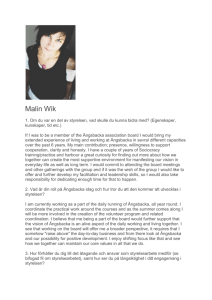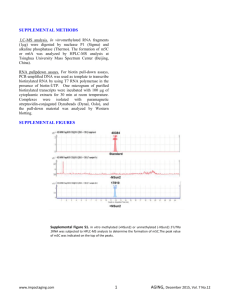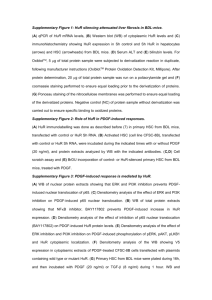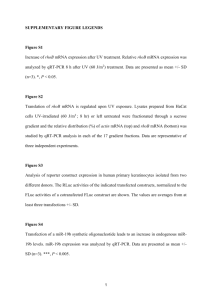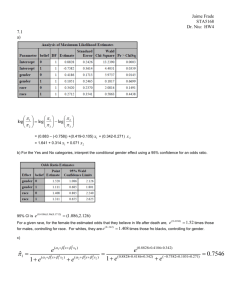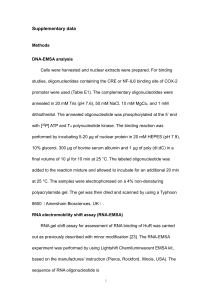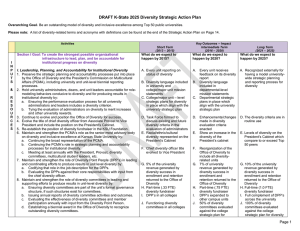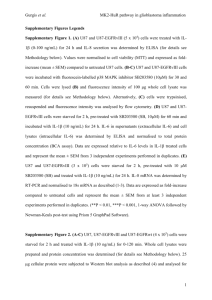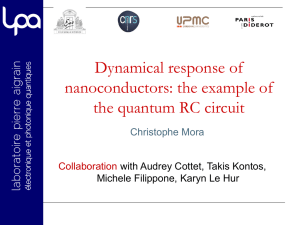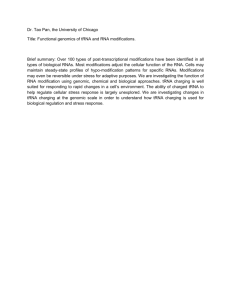Insights from the HuR-interacting transcriptome: ncRNAs, ubiquitin
advertisement
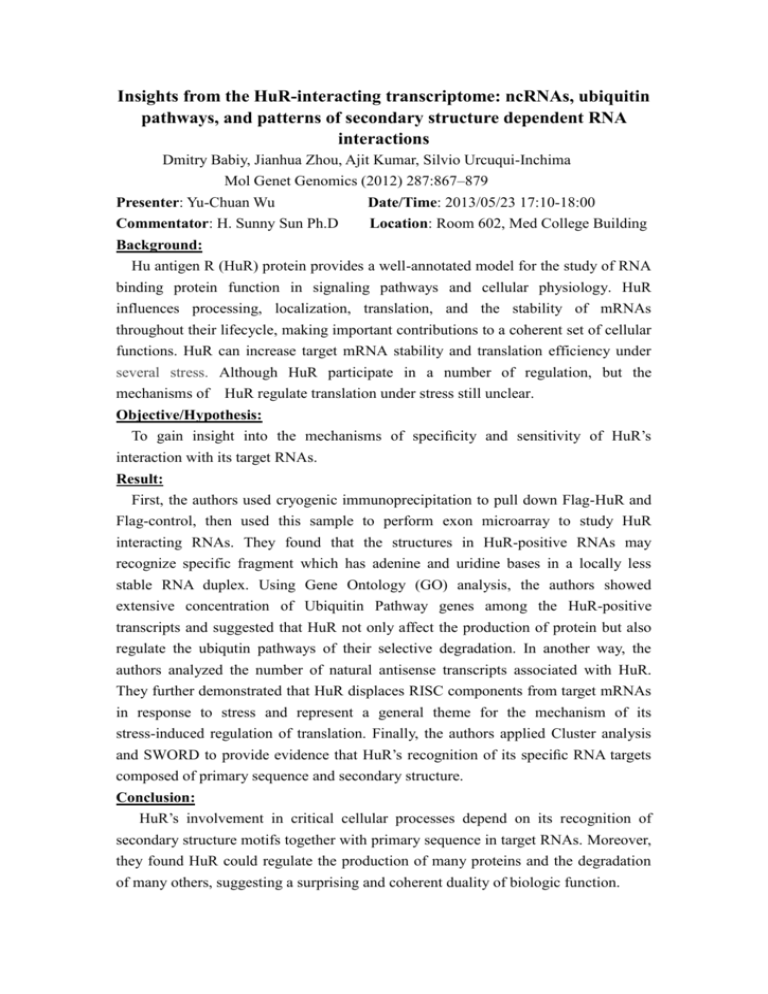
Insights from the HuR-interacting transcriptome: ncRNAs, ubiquitin pathways, and patterns of secondary structure dependent RNA interactions Dmitry Babiy, Jianhua Zhou, Ajit Kumar, Silvio Urcuqui-Inchima Mol Genet Genomics (2012) 287:867–879 Presenter: Yu-Chuan Wu Commentator: H. Sunny Sun Ph.D Date/Time: 2013/05/23 17:10-18:00 Location: Room 602, Med College Building Background: Hu antigen R (HuR) protein provides a well-annotated model for the study of RNA binding protein function in signaling pathways and cellular physiology. HuR influences processing, localization, translation, and the stability of mRNAs throughout their lifecycle, making important contributions to a coherent set of cellular functions. HuR can increase target mRNA stability and translation efficiency under several stress. Although HuR participate in a number of regulation, but the mechanisms of HuR regulate translation under stress still unclear. Objective/Hypothesis: To gain insight into the mechanisms of specificity and sensitivity of HuR’s interaction with its target RNAs. Result: First, the authors used cryogenic immunoprecipitation to pull down Flag-HuR and Flag-control, then used this sample to perform exon microarray to study HuR interacting RNAs. They found that the structures in HuR-positive RNAs may recognize specific fragment which has adenine and uridine bases in a locally less stable RNA duplex. Using Gene Ontology (GO) analysis, the authors showed extensive concentration of Ubiquitin Pathway genes among the HuR-positive transcripts and suggested that HuR not only affect the production of protein but also regulate the ubiqutin pathways of their selective degradation. In another way, the authors analyzed the number of natural antisense transcripts associated with HuR. They further demonstrated that HuR displaces RISC components from target mRNAs in response to stress and represent a general theme for the mechanism of its stress-induced regulation of translation. Finally, the authors applied Cluster analysis and SWORD to provide evidence that HuR’s recognition of its specific RNA targets composed of primary sequence and secondary structure. Conclusion: HuR’s involvement in critical cellular processes depend on its recognition of secondary structure motifs together with primary sequence in target RNAs. Moreover, they found HuR could regulate the production of many proteins and the degradation of many others, suggesting a surprising and coherent duality of biologic function.
